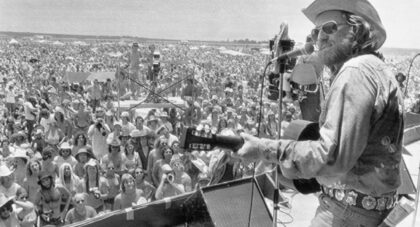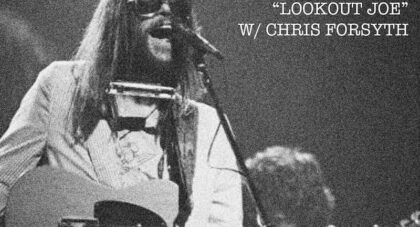Myriam Gendron has returned with the double album Ma délire - Songs of love, lost & found, an even more ambitious affair than her lauded debut. In a rare email interview, she discussed the record's genesis with Aquarium Drunkard . . .
Only the good shit. Aquarium Drunkard is powered by its patrons. Keep the servers humming and help us continue doing it by pledging your support.
To continue reading, become a member or log in.


